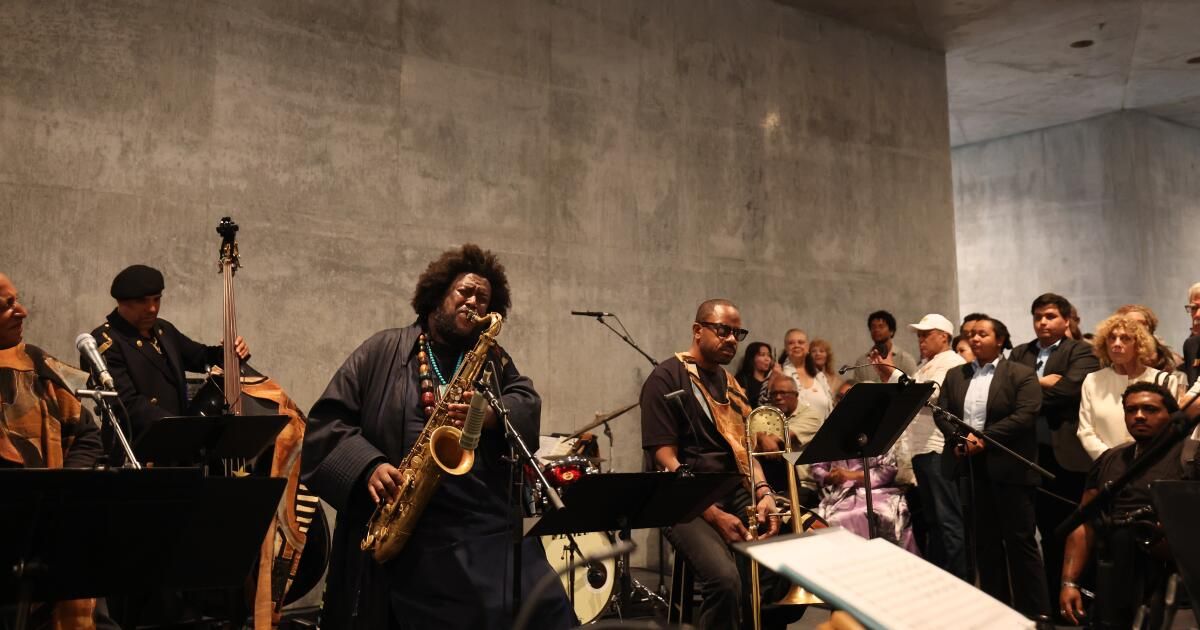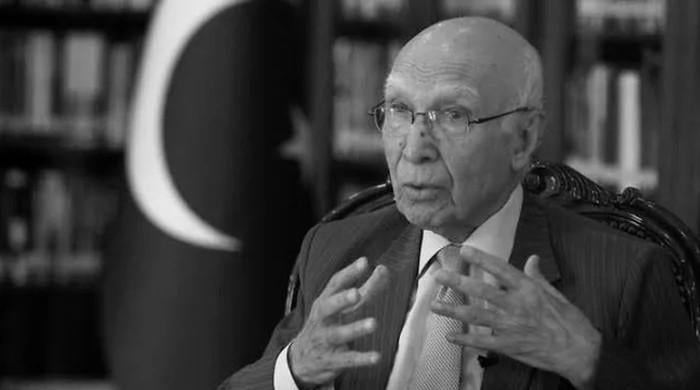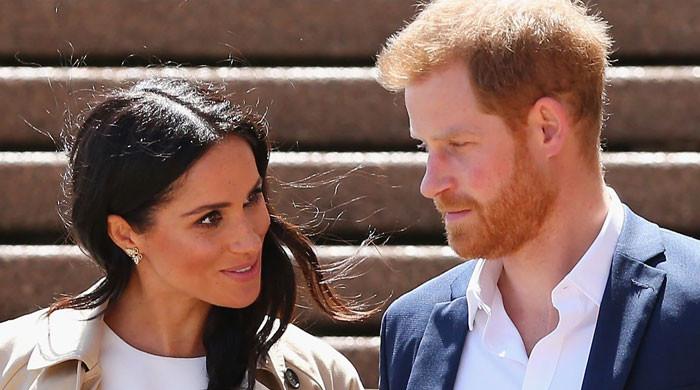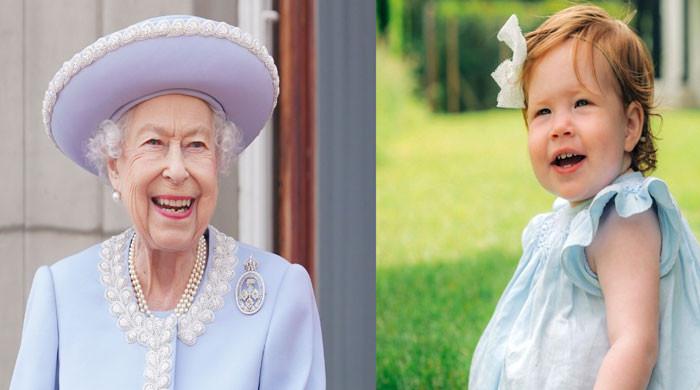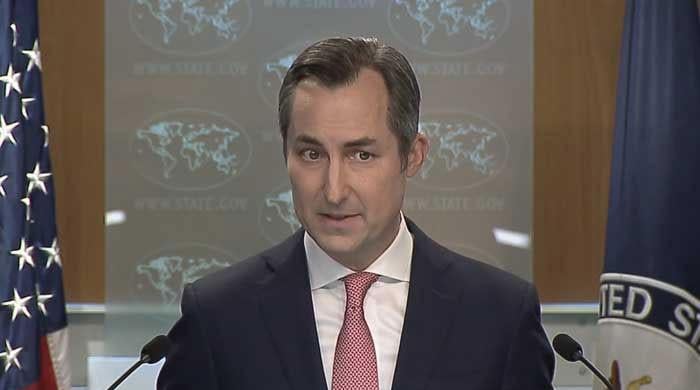“The general public was admitted to the new Los Angeles County Art Museum for the first time on Friday night, not to look at art but listen to music,” wrote music critic Albert Goldberg in 1965. Exactly 70 years and three months later, the story was repeated.
On Thursday night it was the first time that the public was allowed to Galleries David Geffen de Lacma. The occasion was a massive sonic event led by Jazz saxophonist Kamasi Washington. More than one hundred musicians extended in nine groups along the 900 -feet serpentine route of the new Peter Zumthor building, still an art empty.
The celebration, which attracted the leaders of the arts and civic during the first three nights of previous view, was much bigger than the concert on March 26, 1965, which opened the Leo S. Bing Theater of Lacma the night before the doors opened to the original galleries of the museum. That occasion, a program of the legendary concerts on Monday night in which Pierre Boulez made the premiere of his “Éclat”, helped symbolize an exuberant of age, with the music center that opened three months before.
The concerts on Monday night had been a real event that drew local musical celebrities, including Igor Stravinsky and showing the exceptional musicians of Los Angeles. The mandolinist in “Éclat”, for example, was Sol Babitz, the father of the deceased and par excellence, the writer Eve Babitz. Boulez, an explosive composer, finally converted the “'Éclat' of 10 minutes, for 15 instruments” into a 25 -minute orchestral masterpiece, “Éclat/multiple”, and left without finishing sketches to extend that at a full hour.
Kamasi Washington acting on Thursday night.
(Allen J. Schaben / Los Angeles Times)
Washington turned out to be the ideal radical expansionist to follow in the steps of Boulez for the new Lacma, with a glowing extension of its EP of half an hour 2018, “Harmony of Difference”. The short clues: “Desire”, “knowledge”, “perspective”, “humility”, “integrity” and “truth”, use almost three dozen musicians in explosions of effusive wonder.
For Lacma, Washington tripled the number of musicians and length. What some critics thought were explosions of bravuces, by fascinating, they became an absolute splendor. When presenting the program, the director of Lacma, Michael Govan, called him an event that had never happened before and may never happen again. I have little sense of what this building will be like a museum with art on the walls, but it is a great space to think musically and, in the process, to find hope in this year harassed by fires and troops that induce fear in our streets.
Washington is one of our rare musicians who prosper in excess. For a long time he has been encouraged to point towards conciseness, especially in his longer numbers, in which his tireless improvisations can become exhausting in his many climax. But that loses the point. I have never heard it play anything, short or long, that could not have been three more times. His vision is vast and needs space.
In David Geffen's galleries, he succeeded. The nine sets included a great mixed band that directed, along with string sets, brass, wood winds and choirs. Each reproduced unique arrangements of the songs, not entirely synchronized, but if the long catwalks wanders, you heard the material in different contexts as if this were the sound surrealism.

A crowd gathers to see Washington on Thursday.
(Allen J. Schaben / Los Angeles Times)
Acoustically, Geffen is a strange combination. Large glass windows and concrete walls at angle reflect the sound of very different ways. Dozens of spaces vary in shape, size and acoustic properties. During a tour of the media earlier in the day, I found less than expected, although each space had its own peculiarities.
Washington's sets were carefully amplified and were surprisingly liquid, which caused a delight to walk as the sounds of different sets entered and out of focus. The effusivity of a choir gradually transformed into an exclusive Washington saxophone on the path that later became a wooden wind choir that had an organ quality. The whole building felt alive.
There was also the visual element. The concert took place at sunset, the light through the great windows that it always changes, the “harmony of the difference” became the differences of the nearby bubbly tar wells or the street life in Wilshire or the Lacma pavilion for Japanese art, which looks lovely with the new galleries.
Govan's vision is a place where the art of all kinds of everything joins, turning the galleries into a discovery walk.

The director of Lacma, Michael Govan, heading to the crowd on Thursday night before Kamasi Washington appears.
(Allen J. Schaben / Los Angeles Times)
Musically, this is more in line with the “Musicircus” of John Cage, in which any number of musical sets is performed in times derived from chance such as a carnival of musical difference, something for which Geffen galleries are tailored. However, Washington brilliantly demonstrated the potential of the new building for dance, opera, the theater even.
It is possible that the museum has not caused the interpretation to be a priority in recent years, but Washington also reminded us that the premiere of Boulez “Éclat” put music in the DNA of Lacma. Seven decades later, Zumthor, whether or not he intended, now challenges Lacma to become Lacmap: Museum of Art and Performing of Los Angeles County.

